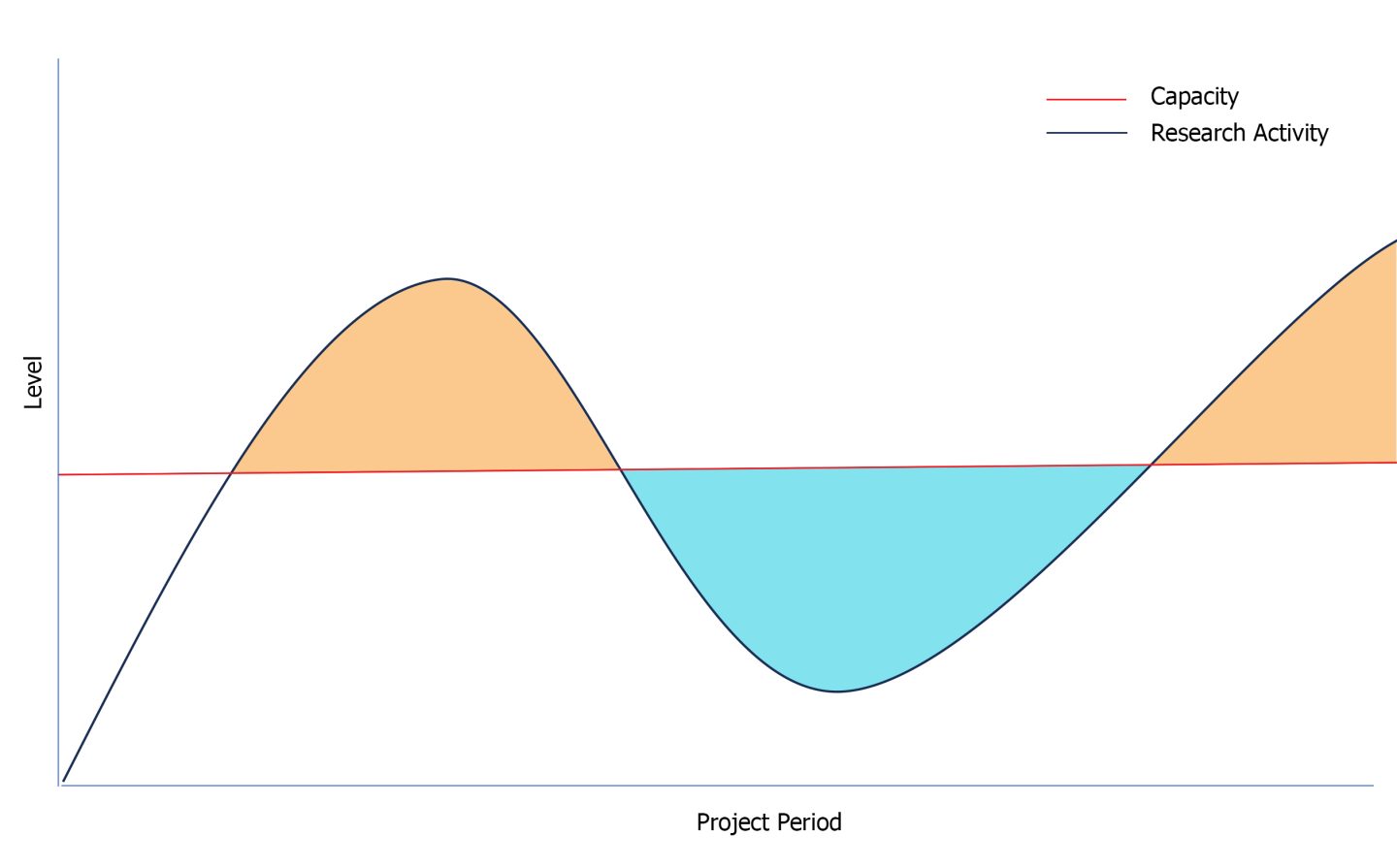Drop Date: July 2023
Live the search for better science: A solution for sustained integration of Salivary Bioscience into your research
Live the Search for Better Science: A Solution for Sustained Integration of Salivary Bioscience into Your Research
Kristina Feghali and Douglas Granger
|
A Solution for Sustainable, Consistent High-Impact Research
To create a sustainable, best-in-class system with professionally staffed, high-quality equipment, and consistently applied operating procedures, we created the ultimate shared lab.
Salimetrics serves, in many respects, as an inter-institutional shared resource. Investigators have access to professional staff and best-in-class infrastructure when their projects are cycling through the phases needing these specialized services. Collaborating with investigators across institutions ensures that funding is consistent and steady, so when an individual investigator is ready, the unit can efficiently and effectively fulfill their needs. This system is ideal for small pilot studies as well as the largest nationwide surveys. It is able to quickly scale and return results rapidly, ensuring the highest quality by maintaining industry-standard quality control and assurance systems.
For 25 years, Salimetrics has operated in this manner and provided a resource to help investigators manage the boom-and-bust cycle of research. At its core is an assumption: investigators have precious time, which should be focused on the science. When investigators devote their time to operational details of this type, they are not devoting the time and attention needed for their science and scholarship.
Live the search for better science. Use this strategy to sustain quality and advance your science to the highest possible level of discovery and impact.
If you would like further details, we invite you to learn more about this resource by visiting the SalivaLab.
*Note: Salimetrics provides this information for research use only (RUO). Information is not provided to promote off-label use of medical devices. Please consult the full-text article.
 Contact: Salimetrics (USA)
Contact: Salimetrics (USA)
